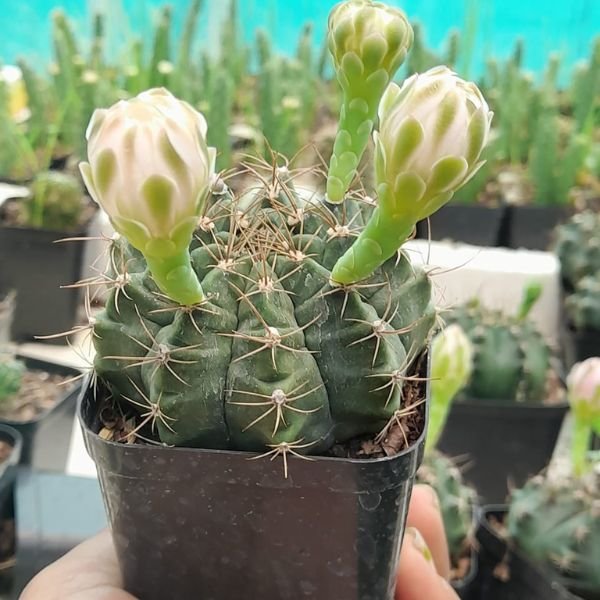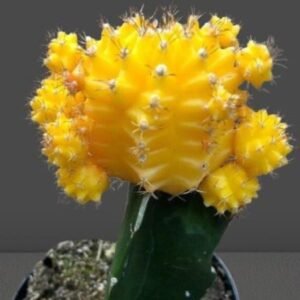The Rat Tail Cactus, scientifically known as Aporocactus flagelliformis, is a unique and striking plant native to the arid regions of Mexico. This cactus is well-loved by plant enthusiasts for its long, trailing stems that can grow up to several feet in length, resembling the tail of a rat—hence its name.
Appearance
The Rat Tail Cactus features slender, cylindrical stems that start off upright but quickly become pendant, making it an excellent choice for hanging baskets or pots placed on shelves. The stems are typically light green but may darken with age or in bright sunlight. Covered with small, fine spines, the Rat Tail Cactus has a soft, fuzzy appearance that adds to its charm.
Flowers
One of the most captivating aspects of the Rat Tail Cacti is its vibrant flowers. In the spring and early summer, the cactus produces an abundance of bright pink to red, tubular flowers along its stems. These flowers are not only eye-catching but also attract pollinators like bees and hummingbirds, adding a lively touch to your indoor or outdoor space.
Care and Maintenance
The Rat Tail Cactus is a relatively low-maintenance plant, making it ideal for both beginner and experienced gardeners. It thrives in bright, indirect sunlight but can also tolerate some direct sunlight. During the growing season, which spans from spring to fall, it’s important to water the cactus regularly, allowing the soil to dry out completely between waterings. In the winter, the plant enters a dormant phase and requires minimal watering.
This cactus prefers well-draining soil, such as a cactus or succulent mix, to prevent root rot. It’s also advisable to use a pot with drainage holes to ensure excess water can escape.
Versatile Decor
With its dramatic trailing stems and bright flowers, the Rat Tail Cacti can be a stunning focal point in any plant collection. Whether displayed in a hanging basket or draped over the edge of a shelf, this cactus adds a touch of desert elegance to any home or garden.


























